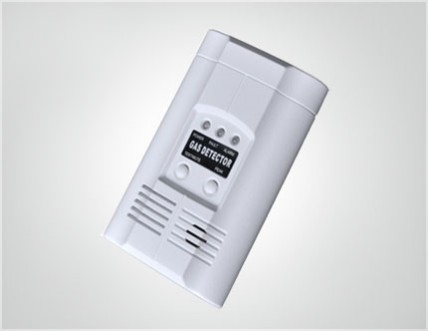The difference between Carbon Monoxide (CO) detector and Combustible Gas detector
Release time: 2016-12-15 Browsing times: 4429

Security Alarm Systems often go well beyond securing a home from intruders; they provide services for fire and environmental detection.
Carbon Monoxide detectors are commonly installed in homes. In newly constructed buildings, safety codes require their installation as they are an important safety consideration, especially in sleeping areas.
Security Alarm Systems often go well beyond securing a home from intruders; they provide services for fire and environmental detection.
Carbon Monoxide detectors are commonly installed in homes. In newly constructed buildings, safety codes require their installation as they are an important safety consideration, especially in sleeping areas.
The difference between a Carbon Monoxide (CO) detector and a Combustible Gas detector is not always clear.
Carbon Monoxide Detector
Carbon Monoxide (CO) is the byproduct of combustion. Sources of Carbon Monoxide can include furnaces, gas appliances, vehicles (garages), and anything else that uses a combustion process (i.e., a flame).
Carbon Monoxide is particularly dangerous because it is odorless. People can be exposed to it for an extended period of time and be totally unaware. Inhalation of carbon monoxide can lead to fainting or even death.
Combustible Gas Detector
Combustible gas—generally referred to as Natural Gas or Propane—is commonly used in homes. Combustible gas, as the name suggests, can be dangerous as it can lead to fire or even explosions. In contrast to carbon monoxide, combustible gas has a pungent odor specifically added so that it can be quickly detected by occupants.
Both carbon monoxide and combustible gas present a significant threat to human safety. All homes should have carbon monoxide detectors and, if any combustible gases are used in the house, detectors for combustible gas.
